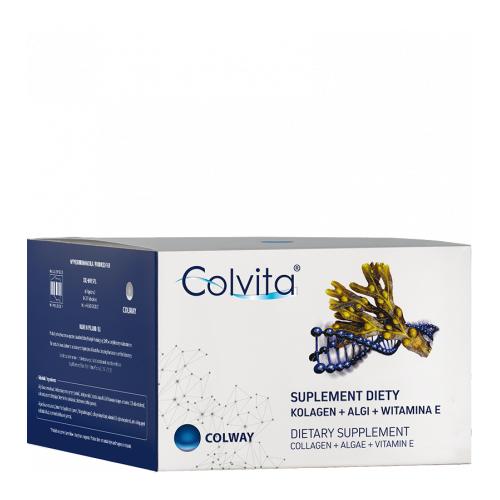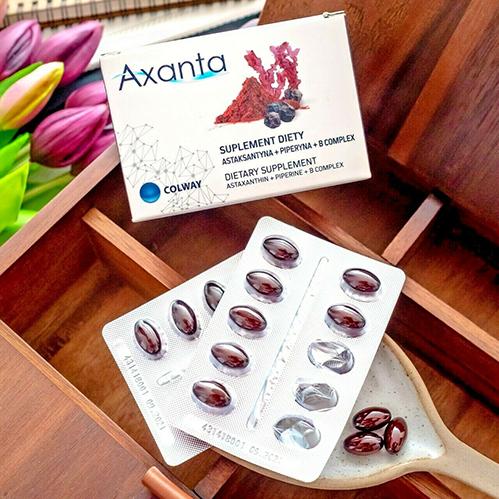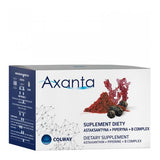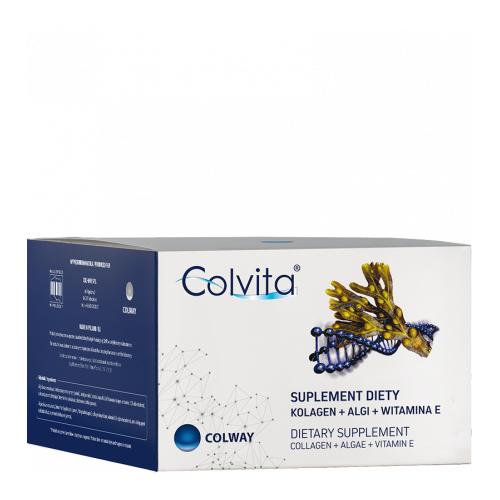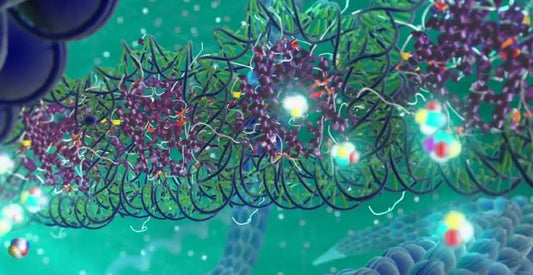Ferroptosis in Osteoarthritis: The Role of Astaxanthin in Chondrocyte Health and Mitochondrial Function
Osteoarthritis (OA) is a degenerative joint disease affecting millions worldwide, characterized by the progressive deterioration of cartilage. Recent research has shed light on the role of ferroptosis, a novel form of regulated cell death, in the advancement of OA. This article delves into the intricate relationship between ferroptosis and chondrocyte health in OA, highlighting the potential therapeutic role of Astaxanthin (ATX) in mitigating these effects.
Understanding Ferroptosis and Its Impact on Osteoarthritis
Ferroptosis is a type of cell death distinct from apoptosis and necrosis, primarily characterized by iron overload and the accumulation of reactive oxygen species (ROS) and lipid ROS. In the context of OA, ferroptosis in chondrocytes, the cells responsible for maintaining healthy cartilage, can accelerate the disease's progression.
The Role of IL-1β in Chondrocyte Ferroptosis
Interleukin-1β (IL-1β) is a cytokine known to induce inflammatory injury in chondrocytes. It promotes the expression of inflammatory factors such as inducible nitric oxide synthase (iNOS) and cyclooxygenase-2 (COX2). IL-1β triggers ferroptosis in chondrocytes by increasing intracellular ROS, lipid ROS, and iron levels while inhibiting the expression of critical proteins like SLC7A11/glutathione peroxidase 4 (GPX4) and Ferritin.
Mitochondrial Dysfunction in Chondrocyte Ferroptosis
Mitochondrial dysfunction is a hallmark of ferroptosis. In OA, IL-1β-induced ferroptosis leads to decreased mitochondrial membrane potential, membrane rupture, and changes in mitochondrial shape and cristae structure. These mitochondrial alterations are consistent with ferroptosis and contribute significantly to chondrocyte damage in OA.
Astaxanthin: A Potential Therapeutic Agent in Osteoarthritis
Astaxanthin (ATX), a xanthophyll carotenoid, is known for its anti-inflammatory and antioxidant properties. While its role in diabetes and cardiovascular disease has been explored, its potential in treating OA, particularly in the context of chondrocyte ferroptosis, is a novel area of research.
Astaxanthin's Mechanism of Action in Chondrocyte Health
ATX has been shown to counteract the effects of IL-1β in chondrocytes. It ameliorates the indices of ferroptosis by reducing ROS levels and restoring mitochondrial function. ATX also reverses the IL-1β-induced downregulation of collagen type II and upregulation of matrix metalloproteinase 13 (MMP13), crucial factors in maintaining cartilage integrity.
Astaxanthin and Ferrostatin-1 in Mitigating Osteoarthritis Progression
Both ATX and Ferrostatin-1 (Fer-1), a classic ferroptosis inhibitor, have shown promising results in delaying articular cartilage degradation and OA progression. Their combined use can significantly mitigate chondrocyte injury and osteoarthritis progression by inhibiting ferroptosis and regulating mitochondrial function.
Future Perspectives: Targeting Ferroptosis in Osteoarthritis Treatment
The study of ferroptosis in OA opens new avenues for treatment strategies. Targeting ferroptosis and its related pathways could be a promising approach to managing OA. The potential of ATX, in conjunction with other ferroptosis inhibitors like Fer-1, offers a novel therapeutic pathway that warrants further exploration.
Conclusion: A New Horizon in Osteoarthritis Therapy
The intricate relationship between ferroptosis, mitochondrial dysfunction, and chondrocyte health in OA presents a new frontier in understanding and treating this debilitating disease. The role of ATX, with its anti-inflammatory and antioxidant properties, in mitigating these effects, offers a beacon of hope for those suffering from OA. Continued research in this field is essential to fully realize the potential of targeting ferroptosis in OA treatment.

